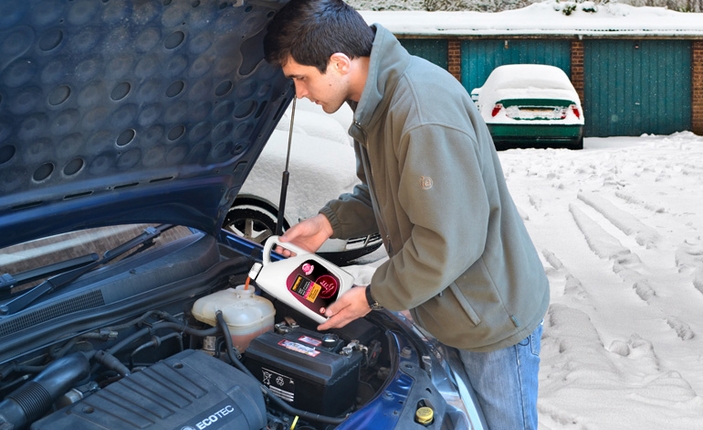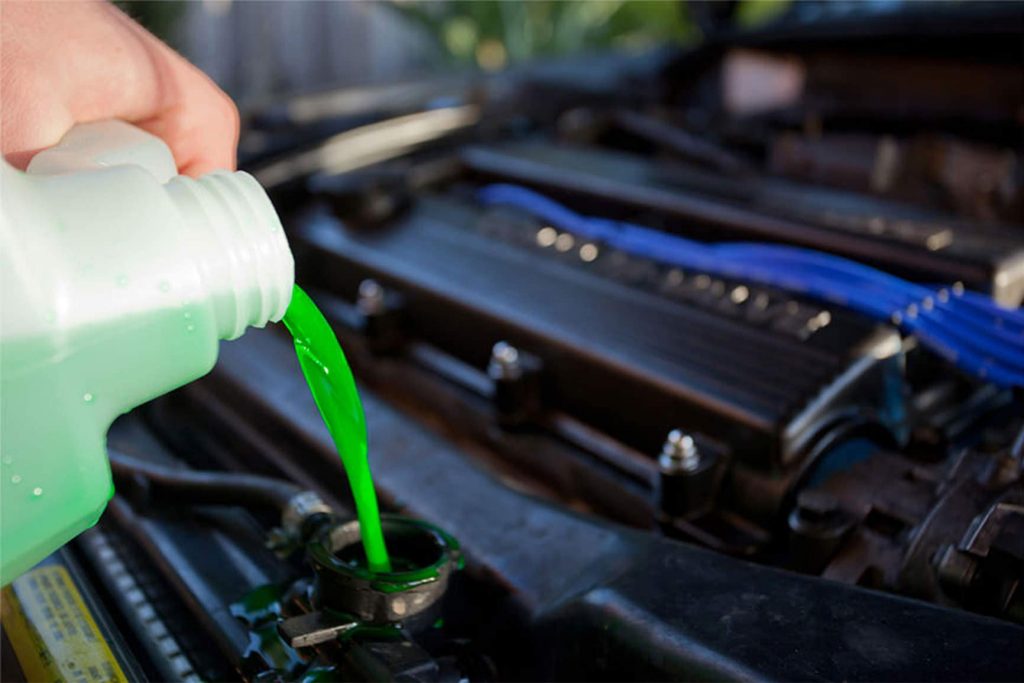When the temperature starts to drop, it is time to give vehicles a once-over for the cold months. Vehicle owners should look at items such as tires, lights, oil, wipers, battery, and windscreens. But, many overlook the cooling system of the car. It is important to ensure this system is properly functioning and well-maintained to ensure the engine is in good health. Coolant/antifreeze prevents the engine from overheating and prevents it from freezing in the winter.
What Exactly is Antifreeze?
This glycol-based concentrated liquid is mixed with water and used for filling the cooling system of a car. It prevents the coolant of the engine from freezing in sub-zero temperatures. Also, ant-freeze helps in preventing the buildup of scale and engine corrosion as well as improving heat transfer from the hot engine to the coolant.
A coolant is a liquid that runs through the engine to maintain its proper operating temperature range. Most contemporary vehicles use liquid cooling to maintain optimal engine temperature. When purchasing antifreeze/coolant in stores, make sure to know the difference between these two. Coolant-labeled products are pre-mixed, ready to use a solution of Anti-freeze and water that can be poured into the cooling system. Products labeled antifreeze are concentrated solution meant to be diluted with water before being added to the cooling system. ORG Chem Group can provide more info on this.

How Coolants Work
The coolant is pumped through different small channels in the engine block and cylinder head, eliminating heat from the metal before passing through a radiator. The air that flows through the radiator eliminates heat from the coolant when it passes through, making it ready to cool the engine on the next pass. The latest engines vary the cooling depending on conditions to improve efficiency.
While it is generally important to flush out and replace coolants every two years or 20, 000 miles, vehicle owners must go by the guidelines of their car manufacturer. Dedicated products are available to aid system flushing.

How to Deal with an Overheating Engine
When the temperature gauge is in the red or the coolant warning light is illuminated, the car must be stopped as soon as possible. It is necessary to check the coolant level carefully because it will be under pressure and very hot. The radiator cap must not be opened at this stage but the bonnet can be opened. Let the engine cool before trying to top up the coolant system. Unless the vehicle owner is a mechanic themselves, they need the assistance of a mechanic to recover the car and fix it.

